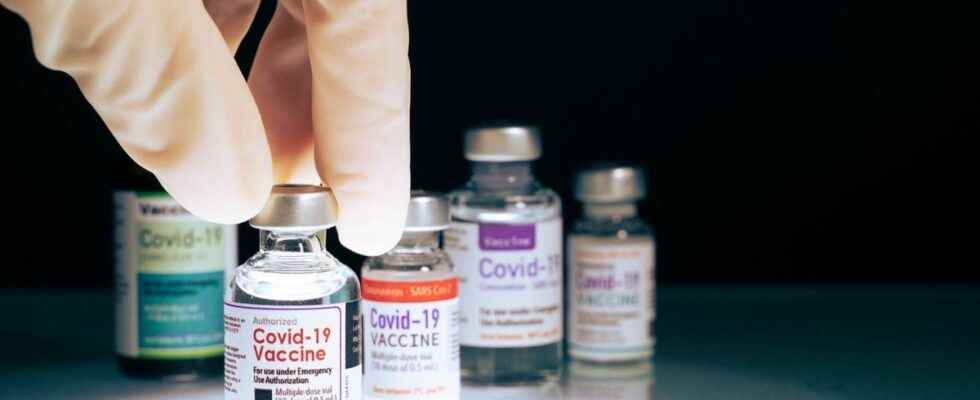Published ,
Reading 3 mins.
They have never been more talked about than since the Covid-19 pandemic: an overview of the vaccine sector, as World Immunization Week begins.
For what, for whom?
There are now vaccines for more than 20 life-threatening diseases and vaccination prevents 2-3 million deaths per year, according to the World Health Organization (WHO).
Until Covid-19, vaccination most often concerned specific categories: children (polio, etc.) but also the elderly or immunocompromised people, with, for example, the flu vaccine. Annual production, pre-epidemic, was 5 billion doses… To which were added at least 11 billion doses of Covid vaccine produced in 2021.
If, for the coronavirus, a serum was quickly found, this is still not the case for many infectious diseases, such as HIV. In addition, vaccine inequality, highlighted with the pandemic, concerns other pathogenic viruses or bacteria. According to Inserm, 140,000 measles-related deaths were recorded worldwide in 2018, especially among children in low-income countries.
Various technologies
Since the discovery of the first smallpox vaccine by British physician Edward Jenner in the 18th century, the range of serums has expanded considerably.
The most traditional are vaccines using inactivated virus technology: the virus is killed but retains its ability to induce the creation of antibodies (influenza vaccine). The technology of the so-called attenuated virus is close: the infectious agent is weakened via various chemical processes (MMR vaccine: measles, mumps, rubella, etc.).
More recently, other technologies have been added to this, such as subunit vaccines, or viral vector vaccines: the latter use an adenovirus as a “vector” to present the immune system with a fragment of the virus against which we want the body produces antibodies (Ebola vaccine).
Latest arrivals, messenger RNA vaccines, never marketed before 2020. With this serum, the cells of the human body will be led to manufacture, from fragments of messenger RNA injected, a piece of Sars-Cov2 virus against which they will so practice defending yourself.
new actors
Traditionally, the world of vaccines was restricted to a few large laboratories because the investments necessary for the development of a new serum are very significant.
Four behemoths concentrated 90% of the market in value pre-pandemic: the Americans Pfizer and Merck, the British GSK and the French Sanofi. But none, except Pfizer – only through a partnership with the German biotech BioNTech -, has managed to impose itself in the race against the Covid.
The Covid-19 pandemic has revolutionized this closed sector with the emergence of biotechs such as BioNTech and the American Moderna, which produced the first RNA vaccines.
Without forgetting the new producing regions. Faced with unequal access to doses, WHO has launched a program to establish RNA vaccine sites in six African countries by 2024.
Other initiatives are in place, for example a collaboration between Drew Weissman, one of the developers of messenger RNA technology, and Thailand, to provide access to vaccines to populations in low-income countries.
Important actions for health sovereignty but only possible for the messenger RNA technique, believes Loïc Plantevin, for whom “traditional technologies remain complicated to deploy and relocate”.
What avenues for the future?
With the Covid, billions of dollars have irrigated the infectious diseases sector, which is often less buoyant for large laboratories than therapeutic areas such as oncology.
Since then, initiatives have multiplied. In particular, Moderna wants to advance the development of vaccines targeting dengue fever, Ebola or malaria. Sanofi, which suffered a setback in the face of Covid, has also launched massive investments in RNA vaccines.
Will messenger RNA be the answer to all infectious diseases? Will we soon see an HIV vaccine?
“RNA technology still needs time, with improvements“to contribute, warns Loïc Plantevin. In particular for conservation, the weak point of this technology.
Nevertheless, “the pandemic has accelerated and reminded us of the need to continue innovation in vaccines“, adds the specialist.
The Nobel Prize in Medicine and virologist Charles Rice told AFP at the end of 2020: the Covid crisis has in any case “really changed the way we do science, to make it a joint effort rather than working in different labs, isolated, like we did years ago“.
